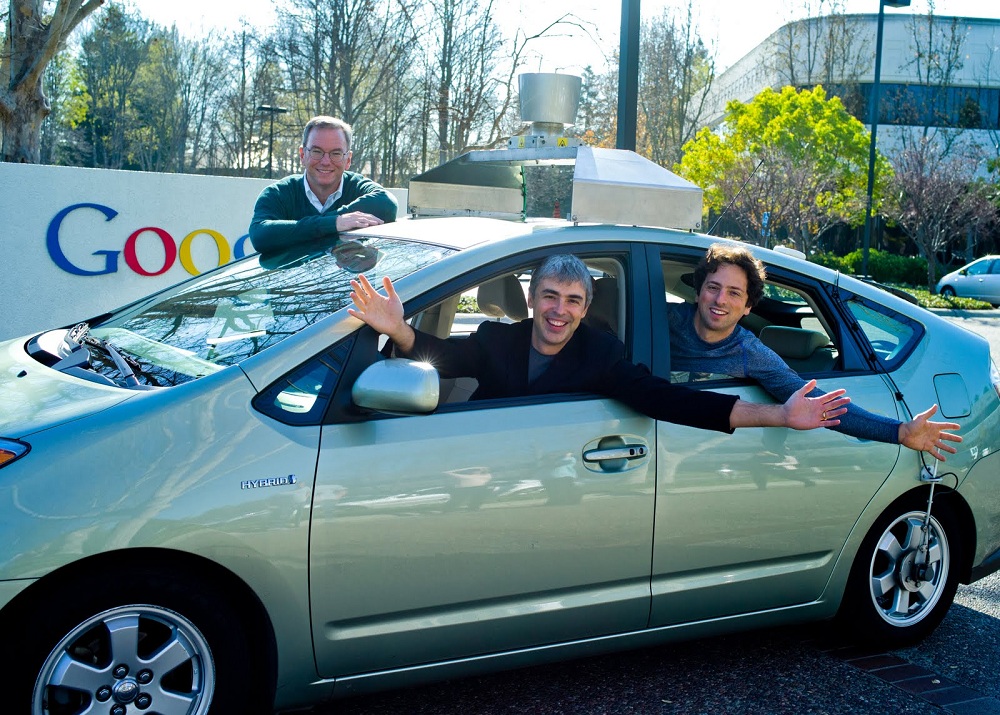UK to Permit Driverless Cars on Public Roads in 2015


Starting in January 2015, the United Kingdom will allow driverless cars on public roads, U.K. government officials said.
The country has also launched a competition for cities to host trials of the technology, and the government has asked officials to review road regulations by the end of this year, BBC News reported. The announcement was made Wednesday (July 30) at a research facility owned by the Warwickshire-based car consultancy company Mira.
The term driverless car has a lot of different meanings. For example, existing vehicles already use cruise control or self-parking. However, self-driving vehicles are typically cars that can do most or all of the functions of driving autonomously, including accelerating and steering. [Hyperloop, Jetpacks & More: 9 Futuristic Transit Ideas]
In the United States, several states have already been conducting tests of these autonomous vehicles. Google has logged more than 300,000 miles (483,000 kilometers) on open roads, and in May, California became the first state to approve driverless car testing on public streets. In other states, such testing remains a legal gray area, experts say.
In Asia, Japan tested a Nissan driverless car on public roads in 2013, and in Europe, Sweden will allow the car company Volvo to test autonomous vehicles in the city of Gothenburg starting in 2017.
The U.K. Department for Transport initially said it would allow driverless cars to be tested on public roads by the end of 2013, according to BBC News, but now trials won't begin for another six months, to provide time for road regulations to catch up.
To test the technology, the U.K. government is giving cities until the beginning of October to express interest in hosting one of three trials, which will last between 18 and 36 months. Officials will provide $16.9 million U.S. (10 million British pounds) in funding for the competitions, to be divided among the winning cities.
Get the world’s most fascinating discoveries delivered straight to your inbox.
The government has tasked its workers with reviewing current road regulations to ensure that driverless vehicles operate within safety and traffic laws. The regulations will focus on vehicles that allow the driver to take over control at any moment, as well as vehicles that do not have a driver, according to BBC News.
Several technologies are driving the development of autonomous vehicles. One example is lidar, a form of remote sensing that measures distance using reflected laser light.
Another is computer vision, in which cameras provide 360-degree views around the car to prevent collisions with pedestrians, cyclists or other obstacles.
Self-driving vehicles also use GPS, radar and other sensors to gauge where the car is and where it's going.
Follow Tanya Lewis on Twitter and Google+. Follow us @livescience, Facebook & Google+.



